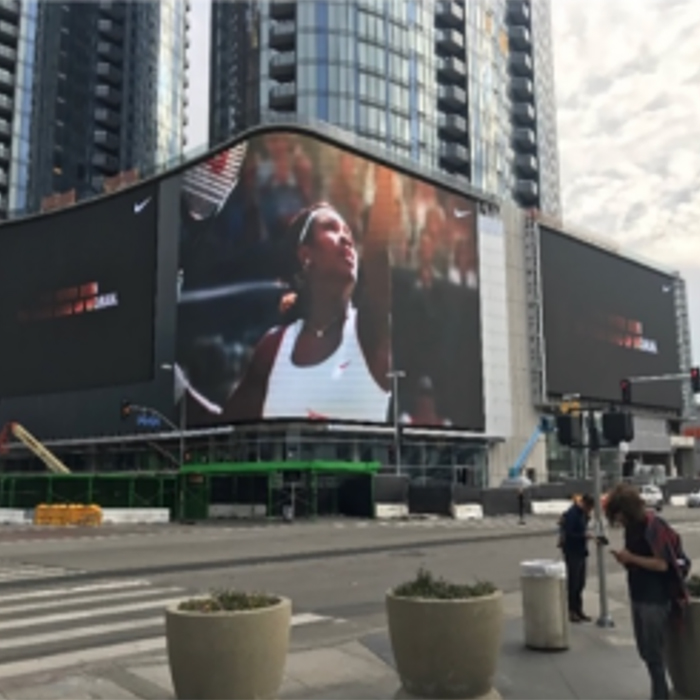When buildings are wrapped in screens: does this affect the fire resilience of the building envelope? – examine fire safety challenges posed by large video screens on the building façade
Xiaolei Chen, California State University
Awards RIBA President's Awards for Research 2020
Category Design and Technical

Large LED video screens have been adopted on building façades worldwide for information delivering, advertising and story-telling. They convert buildings into live showpieces on urban stage and bring remarkable visual appeal to urban occupants. Media façade now becomes a new fantasy in urban landscape. However, potential fire hazards associated with the technology have not been widely made aware. Consisting of hundreds and thousands of pixel modules made of polymeric materials, LED video cladding may pose severe fire hazards to built environment due to high combustibility. Currently few guidelines/regulations in codes and standards mention the fire challenges of large video cladding as part of a building façade system, leaving a vast knowledge gap in design and construction practice. It is essential to understand how the system performs in fire and how it might pose threats to building envelope as well as occupants inside the building so future editions of codes/standards can be amended to provide specific guidelines regulating the design/use of this technology. This pilot project performed a fire hazard study for exterior video cladding. A computational fluid dynamics (CFD) tool, Fire Dynamic Simulator (FDS), was used to simulate a number of video cladding fire scenarios based on combustion data retrieved from lab tests. It was discovered that a burning video cladding could break exterior glazing nearby, making the rooms above/around it become untenable shortly (as short as 10-20 seconds) and hence leaving limited response/evacuation time to occupants inside those rooms. Furthermore, this study examined the actual flame propagation rates and patterns over the video cladding surface in a real-world fire scenario. It was found that the overall pattern of flame spread exhibits a trend like a tree. As such, the building façade around center line of the first ignited pixel(s) and upper portion of the video cladding is affected more severely.






